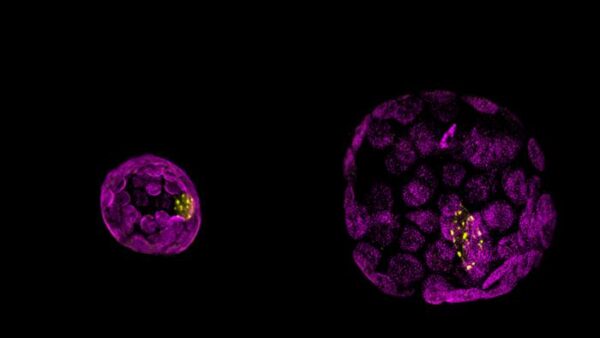
Though it hasn’t garnered the attention this revolution merits, a new technology is reshaping the oldest human enterprise: agriculture. With gene edit¬≠ing comes a new model of how crops are improved and produced, who produces the plants, and how they will be introduced to farmers and importantly how plant breeding can quickly respond to change includ¬≠ing arming crops with traits to combat our changing climate. The changes coming to agriculture will be as profound as the original marriage of agriculture and genetics, but this revolution represents a return to the way plants adapt in nature.
To understand the degree to which gene edit¬≠ing tools are reshaping the seed industry consider an analogy: the telephone. For generations, innovation in phones occurred slowly and within the context of land lines, reflecting the conservatism of both the providers and the customers. Then, in the 1980s, cell phones came along, liberating people from their desks, followed by smartphones, which saw new features such as cameras, GPS and internet. The com¬≠panies that now dominate the mobile world — Apple, Samsung — had no presence in the landline universe which dominated the telecommunications landscape for 100 years.
Until just a few years ago, the seed industry was very much like the telecommunications business during the Bell conglomerate. The customers are conservative, and as most crops ended up as com­modities, seed customers felt no urgency to react to innovations. This was convenient for the big seed producers as innovation was a slow process. Even with the advent of GMOs, introduction of a new trait involved a cumbersome and time-consuming process of doing hundreds of introductions to find the right transgene and then back-crossing that gene into the most advanced hybrids. This took years and vast sums of money, and then the innovators had to negotiate the complicated regulations that govern GMOs.
Moreover, agriculture is traditionally a seasonal and often low margin business, which tends to make farmers even more risk averse. When confronted with a new seed that promises tolerance of herbi­cides, resistance to disease or a more robust yield, the farmer had to weigh the benefits against the possibil­ity that the unknown agronomic aspects of the new seed might not fit his or her land. But what if a farmer could get a seed with a new trait without sacrificing the hard-won agronomics incorporated into his or her exist­ing crop?
Instead of getting a new landline, the farmer would be adding new features to a smartphone. For the farmer the new features would be accretive, prom­ising additional income without risk. This is the prom­ise of gene editing.
The key to this revolution lies in the way new traits will be produced and introduced into crops. Rather than introduce a foreign gene randomly and then back-crossing it into an elite hybrid, with gene editing, the researcher edits the appropriate gene non-randomly within an existing elite plant. Then, the researcher grows the plant with the new trait from a single cell into a new hybrid that has all the characteristics of its parent, plus the desired trait. Because researchers can precisely trace the edits and only grow those plants with the desired change, there is no possibility of unin­tended consequences. The new plant has a normal regulatory path as compared to a GMO organism.
Precision gene editing allows plant breeders to introduce new traits simultaneously, and because nature is efficient, understanding the genetics of a particular trait such as disease resistance in one plant, gives researchers a leg up in understanding the genet­ics of such resistance in another plant. Apart from the elegance of editing the genes related to a trait, preci­sion gene editing can reduce the time between an edit and a crop in the field to as little as 18-24 months compared to up to 10-13 years with GMOs.
This can be accomplished using nucleases (like CRISPRs and TALENs) in concert with a chemical construct called an oligonucleotide. All this translates to lower costs, bringing the price for a new trait down from $135 million (from the GMO method) to less than a tenth of this cost. The advantage of reduced time and cost will allow smaller biotechs to compete and partner with the agchem giants, and a new paradigm for seed producers will be born at a time when the world needs it most.











